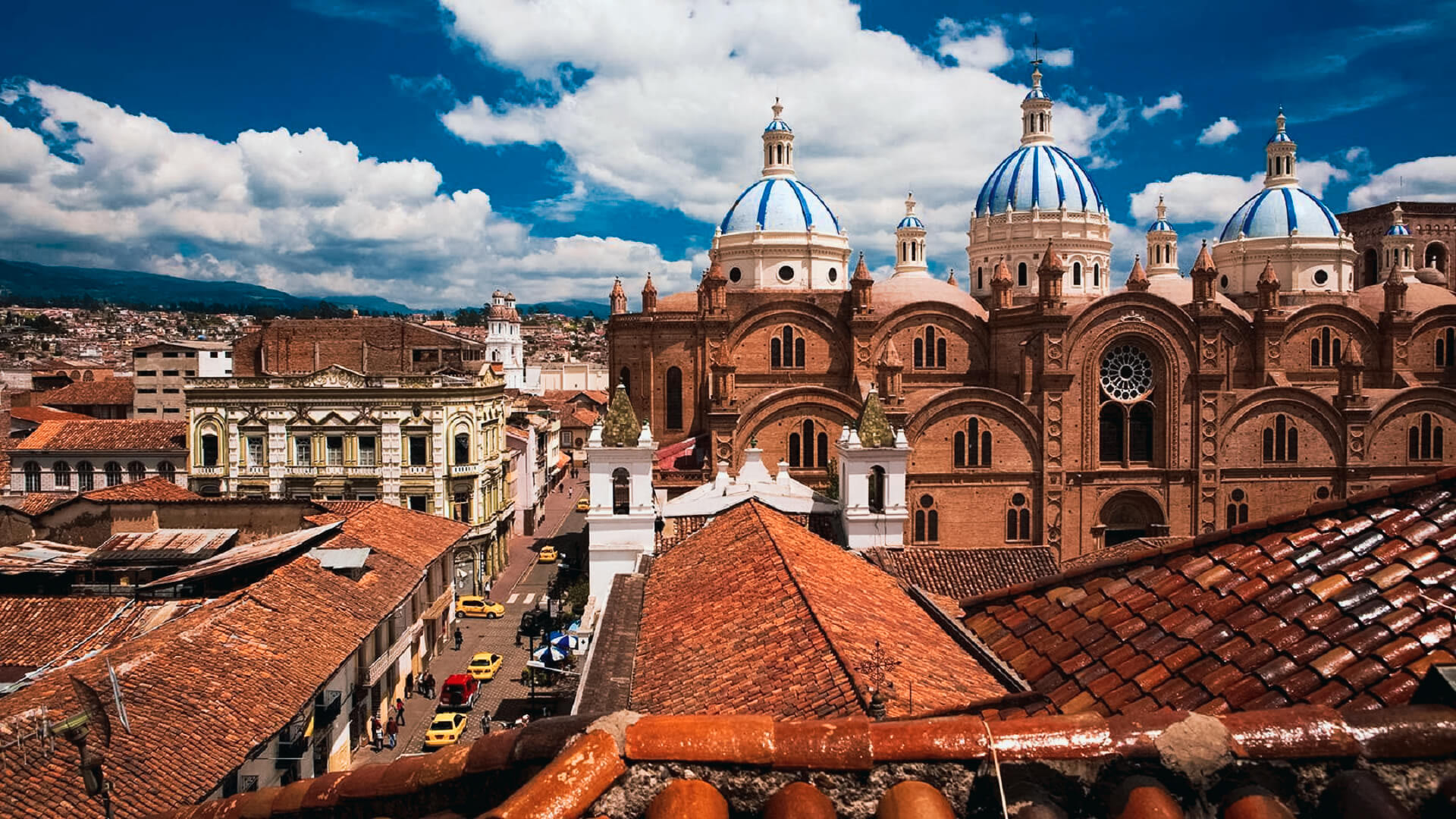Ecuador’s population is ethnically diverse, with a 2011 estimate of 15,007,343 inhabitants. The largest ethnic group (as of 2010) is the Mestizos, the descendants of Spanish settlers who intermarried with Amerindian peoples, accounting for approximately 71% of the population. White Ecuadorians (white Latin Americans) represent 6.1% of the Ecuadorian population and are present throughout the country, especially in urban areas. While during the colonial period the white population of Ecuador was mainly composed of descendants of Spain, the current white population is the result of a mixture of European immigrants, mainly from Spain, and people from Italy, France, Germany and Switzerland who settled in Ecuador at the beginning of the 20th century. Ecuador also has people of Middle Eastern origin who have also joined the white minority.
These are economically well-off immigrants of Lebanese and Palestinian origin, who are either Christian or Muslim (Islam in Ecuador). In addition, there is a small European Jewish population (Ecuadorian Jews) residing mainly in Quito and, to a lesser extent, in Guayaquil. 7% of the current population are Indians. The mainly rural Montubio population of Ecuador’s coastal provinces, which could be classified as Pardo, represents 7.4% of the population. Afro-Ecuadorians constitute a minority population (7%) in Ecuador, which includes mulattos and zambos. They live mainly in the province of Esmeraldas and, to a lesser extent, in the predominantly mestizo provinces on the Ecuadorian coast – Guayas and Manabi. In the high Andes, where the population is predominantly mestizo, white and Amerindian, the African presence is almost non-existent, with the exception of a small community in the province of Imbabura, the Chota Valley.
Religion
According to the Ecuadorian National Institute of Statistics and Censuses, 91.95% of the country’s population has a religion, 7.94% are atheists and 0.11% are agnostics. Of those who have a religion, 80.44% are Latin Rite Roman Catholics, 11.30% are Evangelical Protestants, 1.29% are Jehovah’s Witnesses and 6.97% are others (mainly Jews, Buddhists and Latter Day Saints).
In rural Ecuador, the Indian faith and Catholicism are sometimes syncretised. Most of the annual festivals and parades are based on religious celebrations, many of which involve a mixture of rites and icons.
There are small numbers of Eastern Orthodox Christians, Amerindian religions, Muslims (see Islam in Ecuador), Buddhists and Baha’is. The Church of Jesus Christ of Latter-day Saints, according to its own figures, represents about 1.4% of the population, or 211,165 members (end 2012). According to its own data, there were 77,323 Jehovah’s Witnesses in the country in 2012.
The first Jews arrived in Ecuador in the 16th and 17th centuries. The first Jews arrived in Ecuador in the 16th century. Most of them are Sephardic Anusim (Crypto-Jews) and many still speak the Judeo-Spanish language (Ladino). Today, the Jewish community of Ecuador (Comunidad Judía del Ecuador) is based in Quito and has about 200 members. However, this number is decreasing as young people leave the country for the USA or Israel. The community has a Jewish centre with a synagogue, a country club and a cemetery. It supports the Albert Einstein School, where courses in Jewish history, religion and Hebrew are offered. There are very small communities in Cuenca. The “Comunidad de Culto Israelita” unites the Jews of Guayaquil. This community operates independently from the “Jewish Community of Ecuador” and has only 30 members.
Nations
The Ecuadorian Constitution recognises the “pluri-nationality” of those who wish to exercise their belonging to their original ethnic group. Thus, in addition to Criollos, Mestizos and Afro-Ecuadorians, some people belong to indigenous peoples who live scattered in a few places on the coast, in Quechua-Andean villages and in the Amazon jungle.
Population genetics
According to a 2015 genealogical DNA test, the average Ecuadorian is 52.96% Amerindian, 41.77% European and 5.26% sub-Saharan African overall.
Population density
The majority of Ecuadorians live in the central provinces, in the Andean mountains or along the Pacific coast. The rainforest region east of the mountains (El Oriente) is sparsely populated and contains only about 3% of the population. The birth rate is 2:1 for every death. Marriages are generally from the age of 14 with parental consent. About 12.4% of the population is married between the ages of 15 and 19. The divorce rate is moderate.
Immigration and emigration
A small East Asian-Latino community, estimated at 2,500 people, is composed mainly of people of Japanese and Chinese origin whose ancestors arrived in the late 19th century.
In the early years of the Second World War, Ecuador still allowed a number of immigrants, and when several South American countries refused to accept 165 Jewish refugees from Germany on the ship Königstein in 1939, Ecuador granted them permission to enter the country.
In recent years, Ecuador has become increasingly popular with North American expatriates. They are attracted by the authentic cultural experience and the beautiful natural environment. Ecuador’s favourable residency conditions make the transition easier for those who choose to settle permanently.
Another advantage that attracts many expats to Ecuador is the low cost of living. With everything from gas to groceries costing much less than in North America, it is a popular choice for those looking to make the most of their retirement budget.
Even real estate in Ecuador is much cheaper than in the tropics. However, as more and more North Americans discover Ecuador’s potential, property prices are beginning to rise from where they were a decade ago, especially in areas popular with expats and tourists.


